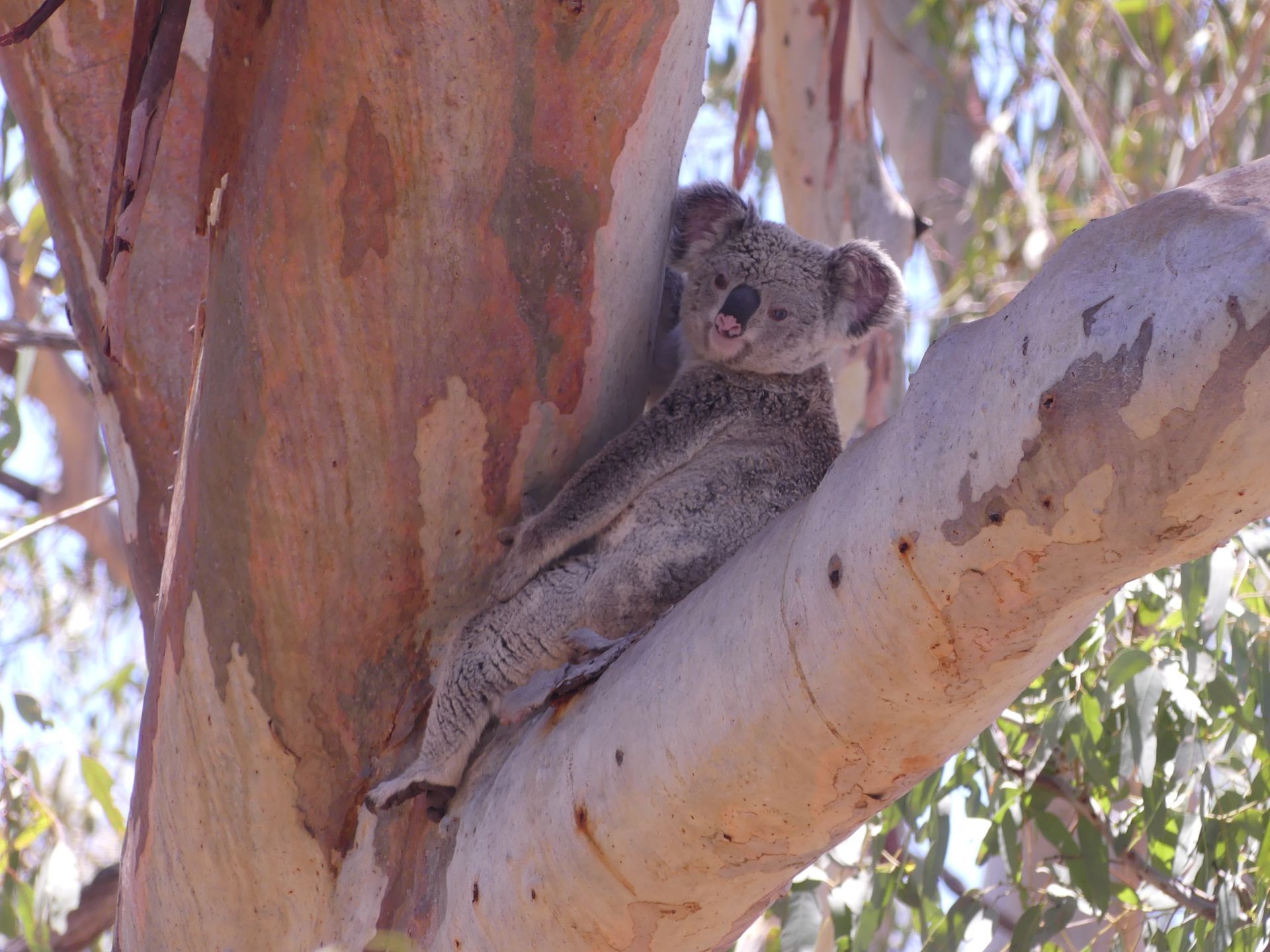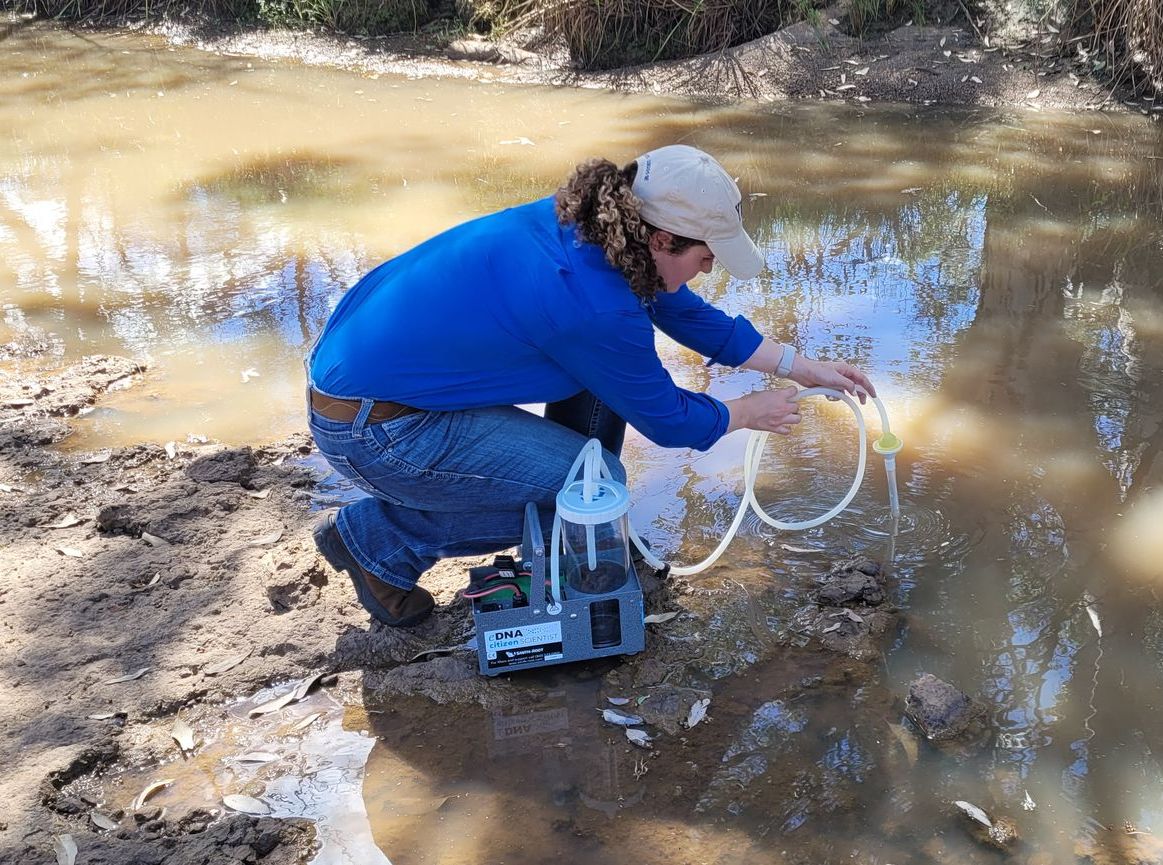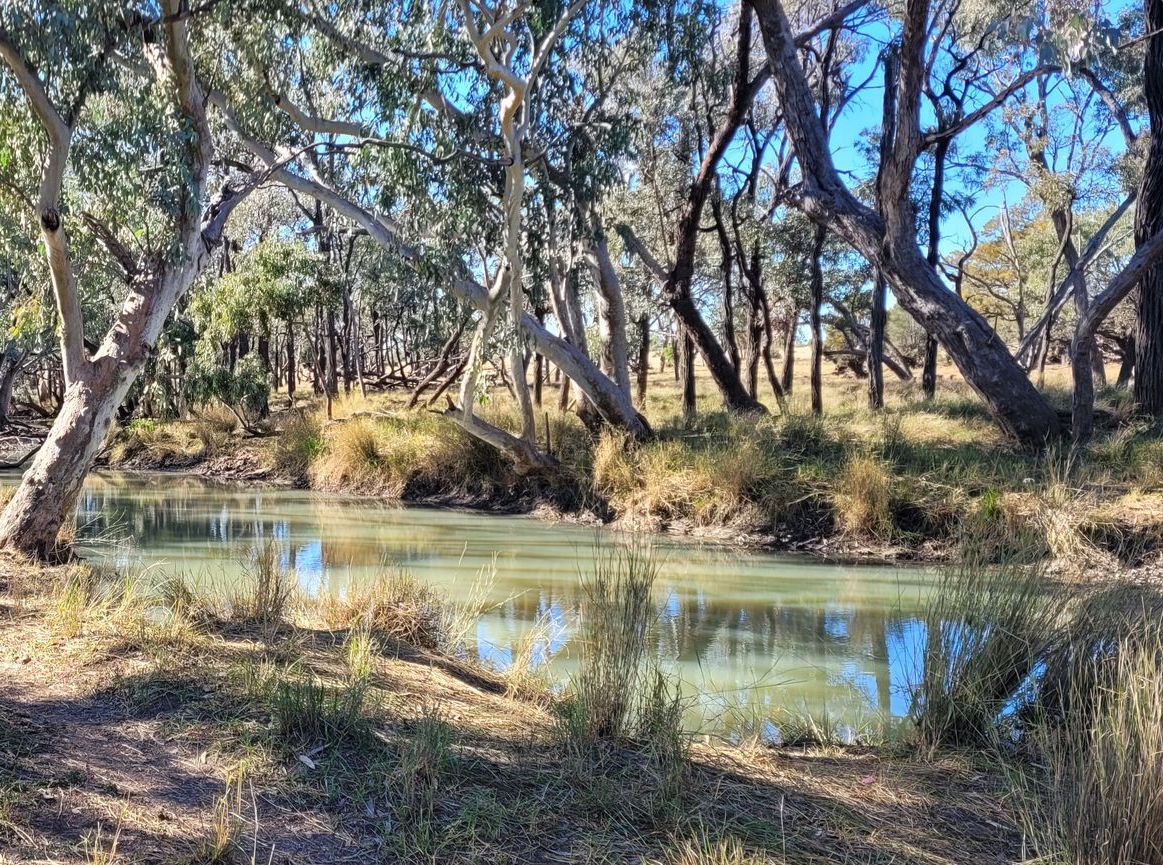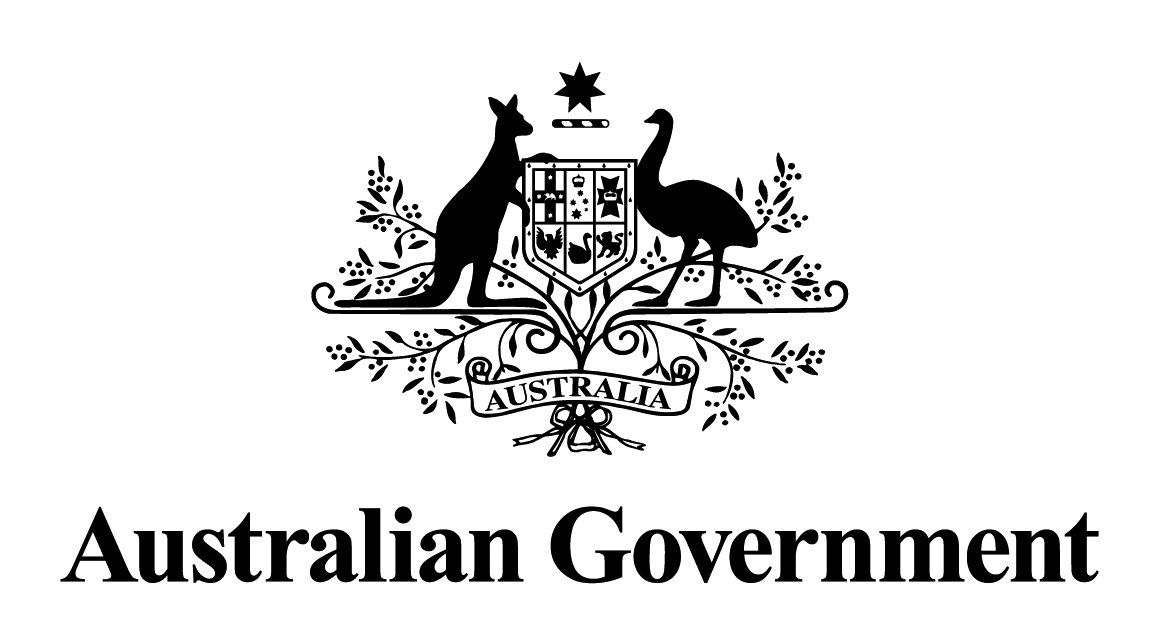Researching Koalas in the Rangelands Project
Project Objectives and Outcomes
The Australian Government funded
Researching Koalas in the Rangelands Project
is part of a $200,000 investment to support koala research, knowledge sharing and on-ground works in Western Queensland. The project aimed at the continued conservation of the koala which was listed as endangered
under the Environmental Protection and Biodiversity Conservation Act 1999
in 2022.
About Koala's in the Rangelands of Western Qld
Western Queensland includes a vast range of koala habitat, including the western-most reaches of their natural distribution between the Bulloo and Warrego River corridors. The distribution of these koala populations is determined by specialised food, habitat and environmental factors.
As one of Australia's most iconic species, you may think the status of koalas (Phascolarctos cinereus) would be extensively documented. Throughout the eastern parts of its range this is certainly the case, with research ranging from scientific publications to citizen science groups posting sightings online, which provides an extensive knowledge base. But for the species’ most western distribution, very little is documented. There has only been a small number of sightings of koalas in their western distribution since the 1980's and this project aimed to find out....
• Where are koala's still found?
• How are koala's faring in the rangelands?
• Why have their numbers decreased?
• What are their survival needs and major threats?
• And how can we best support koala's going forward?
By incorporating monitoring techniques with landholders and First Nations local knowledge, the project targeted koala records in areas across South West Qld in the Bulloo, Paroo, and Nibine and Patterson. Within these areas, the project aimed to locate hotspots for on-ground investment and monitoring.
The health of koalas throughout Western Queensland is intrinsically linked to the health of the waterways, soil, and vegetation. While natural events like droughts, floods, and bushfires pose significant threats to these vulnerable koala populations, other concerns that arise from future climate predictions – including more extreme temperatures, unreliable water availability, and food scarcity – are just as damaging to the health and security of these rural koala communities.
Other stressors Koalas in the rangelands face include:
• Disease
• Habitat loss and fragmentation
• Weeds that can harm both koalas and their environment (i.e. cactus)
• High populations of pest predators (like pigs and feral dogs)
• Infrastructure that may impede safe koala movement, including fences and roads
Project Objectives and Outcomes
Project Objectives:
• Improve the extent, quality and connectivity of the nationally listed Koala’s habitat and reduce local threats
• Increase understanding and management of disease and injury affecting Koala health and lift capability in on-ground care, treatment and triage of Koalas
• Improve data and knowledge of Koala populations and health across their range, to support effective decision making and conservation action
Project Outcomes:
Through the project, we gained a greater understanding of the current distribution and threats to koalas in Western Queensland and were able to identify strategies to ensure their continued survival. We also gained a greater understanding of the significance and cultural connection of koalas to First Nations peoples.
Southern Queensland Landscapes worked with landholders to encourage them to consider koalas in their land management planning and decision making, and adapt land management practices to better accommodate koala habitat. Koala resilience was also under the spotlight as we worked to reduce the impacts of climate change on koala habitat in key focus areas.
We have seen some landholders set aside areas of their property with different management strategies to allow for koalas and other threatened native species to flourish, including areas that are or will become nature refuges. And in other areas, koalas are just managed as part of the natural landscape along with all the other essential native species.
Koala habitats were improved by reducing threats through implementing targeted weed control and managing pest populations including feral dogs, foxes, pigs, and cats.
Exclusion fencing has been widely used in the area to deter pests, however, the plain and barb wire used can tangle and harm koalas as they travel between and along suitable natural habitats. Two properties in priority locations installed dedicated
koala crossings – upright logs attached to fences to allow safe passage for koalas to cross these barriers. These designs encourage koalas to climb up and over fences without touching them, while still preventing access for predators like pigs and dingos.
Image 1. Koala Crossing Installation Image 2. Koala Monitoring Image 3. Collecting eDNA from a habitat site
